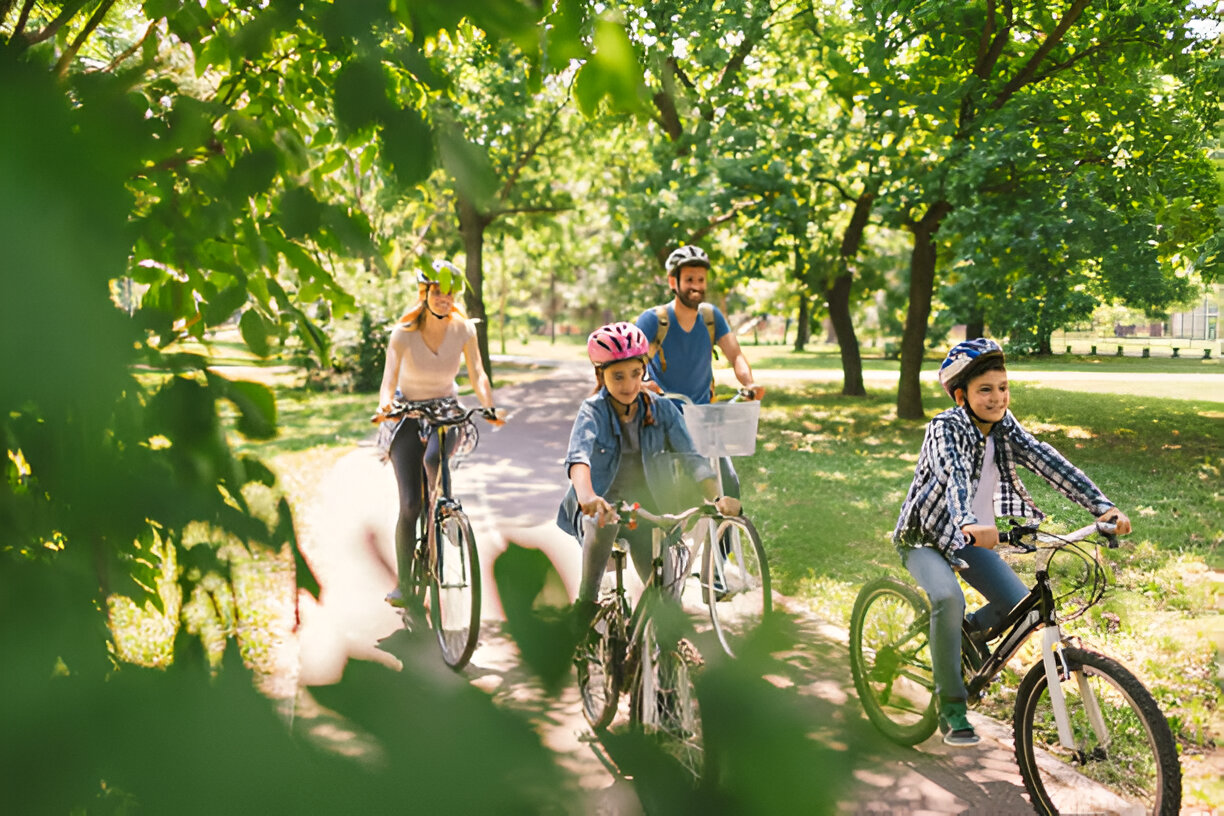Buying a new cycle is more exciting than evertoday’s market offers a wide variety of choices, from high-performance mountain bikes to sleek road cycles and even innovative & best electric bicycle. But with so many models, features, and categories available, the decision can quickly become overwhelming. The good news is, with the right guidance, you can make an informed choice that fits your lifestyle, budget, and riding goals.
In this blog, we’ll walk you through everything you need to consider before purchasing your next cycle.
1. Define Your Purpose
The first step is to identify why you want a cycle. Your reason for riding will significantly narrow down the options.
- Commuting: If you plan to use your cycle for daily city rides, choose something lightweight, durable, and easy to maintain.
- Fitness: Looking to stay active? A cycle with multiple gears or road bikes will help you build stamina and strength.
- Adventure: For mountain trails and off-road riding, an MTB (mountain bike) with suspension is your best choice.
- Leisure: If you prefer relaxed rides with friends or family, consider comfort bikes or even the best electric bicycle, which offers effortless pedaling and a smooth experience.
Knowing your primary purpose ensures you don’t overspend on features you’ll never use.
2. Types of Cycles to Explore
Cycles come in various categories, each tailored to different riders:
- Mountain Bikes: Built for rugged paths and trails with wide tyres, suspension, and sturdy frames.
- Road Bikes: Sleek, lightweight, and fastperfect for smooth roads and long-distance fitness rides.
- Hybrid Cycles: A mix of mountain and road features, suitable for city commutes and casual rides.
- Electric Cycles: Powered by a motor and battery, they reduce effort and make longer commutes or uphill rides easy.
- Women’s and Kids’ Cycles: Specially designed for comfort, style, and safety. For example, a girls cycle usually has a step-through frame for ease of use, while a kids girl cycle comes with smaller wheels, lighter frames, and safety-focused designs.
3. The Importance of Frame Size and Fit
A cycle must feel like an extension of your body. Riding a cycle that doesn’t fit properly can lead to discomfort, poor performance, or even injuries.
- Check Size Charts: Most cycle brands provide a height-based frame size chart. Always refer to it before buying.
- Stand-Over Height: You should be able to comfortably stand over the frame without straining.
- Adjustability: Look for adjustable seat posts and handlebars to fine-tune your comfort.
4. Gear and Brake Options
Not all rides demand the same level of technical performance.
- Gears: If you live in hilly areas, gears will make climbing easier. On flat terrains, a single-speed cycle is often sufficient and easier to maintain.
- Brakes: Disc brakes offer strong stopping power and perform well in all weather, while V-brakes are lighter and simpler.
Choose based on your terrain and riding frequency.
5. Frame Material Matters
The material of the cycle frame affects durability, weight, and price.
- Steel: Strong and affordable but heavier.
- Aluminium: Lightweight, rust-resistant, and popular among casual and regular riders.
- Carbon Fiber: Extremely light and strong, commonly used in premium cycles for serious riders.
6. Tyres and Suspension
- Tyres: Narrow tyres are faster on paved roads, while wide tyres provide better grip and comfort on uneven terrain.
- Suspension: For off-road use, front or dual suspension is recommended. For city rides, rigid frames (without suspension) work just fine.
7. Budget and Maintenance
Your budget should balance both the initial purchase and long-term care.
- Basic Models: Great for occasional rides or beginners.
- Mid-Range Cycles: Offer features like gears, lightweight frames, and better brakes.
- Premium Models: Advanced technology, superior comfort, and specialized builds for enthusiasts.
Don’t forget regular maintenance like lubricating the chain, inflating tyres, and checking brakes. The best electric bicycle may require additional care for their batteries.
8. Safety and Accessories
Riding a cycle is fun and healthy, but safety comes first. Consider:
- Helmet: Always wear one, regardless of the distance you ride.
- Lights & Reflectors: Essential for riding after dusk.
- Locks: Protect your cycle when parked outside.
- Mudguards, Bells, and Bottle Holders: Small but practical accessories that make daily use easier.
9. Buying for Family Members
If you’re buying for children or women, extra care is needed to ensure comfort and safety.
- A girls cycle generally includes a lower step-through frame, making it easy to mount and ride in comfort.
- A kids girl cycle is lighter, safer, and often comes with features like side wheels for beginners.
- For older adults, an electric or comfort cycle may be the ideal choice for relaxed riding.
10. Test Before Purchase
If possible, test ride the cycle. Pay attention to:
- How comfortable the saddle feels.
- Whether you can shift gears smoothly.
- How responsive the brakes are.
- The balance and ease of handling.
Final Thoughts
Buying a new cycle is more than a purchaseit’s an investment in health, mobility, and lifestyle. Take time to define your purpose, choose the right type, and focus on comfort and fit. Whether it’s the thrill of mountain biking, the ease of commuting with the best electric bicycle, or selecting the perfect girls cycle or kids girl cycle for your family, there’s a perfect option for everyone.

